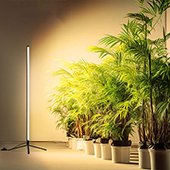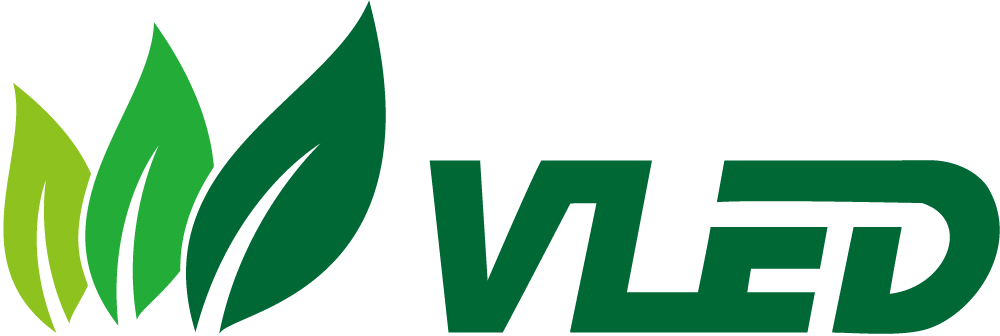Just like people have different needs in childhood, adulthood, and beyond, so too do your plants crave varying amounts of light at different stages of their lives.
Seedling & Vegetative Stage (12-24 inches): Imagine baby plants as curious toddlers, soaking up information and energy, but easily overwhelmed. During this crucial stage, keep your LED lights closer (12-24 inches) to provide enough fuel for healthy growth without scorching their tender leaves. Basil, lettuce, and spinach, for example, thrive in this gentle luminescent embrace.
Flowering Stage (18-30 inches): As plants mature and enter the teenage years of flowering, their light cravings intensify. Think rebellious hormones demanding independence! Increase the distance slightly (18-30 inches) to give them the extra oomph needed for bud development and vibrant blooms. Tomatoes, peppers, and everyone’s favorite fragrant herb, rosemary, revel in this slightly more intense spotlight.
Specific Plant Examples: Now, let’s get practical with some houseplant rockstars and their ideal light distances:
Marijuana (Vegetative): 18-24 inches for leafy growth and branching.
Marijuana (Flowering): 24-30 inches for optimal bud development and resin production.
Peace Lily: 18-24 inches for lush foliage and occasional blooms.
Snake Plant: 24-36 inches for low-maintenance vibrancy.
African Violet: 12-18 inches for delicate blooms and compact growth.
Remember, these are just guidelines, and your mileage may vary! Factors like individual plant variations and specific LED types can influence the perfect distance.
You can also check out this video, where detailed hanging distances for several lighting fixtures are discussed.




